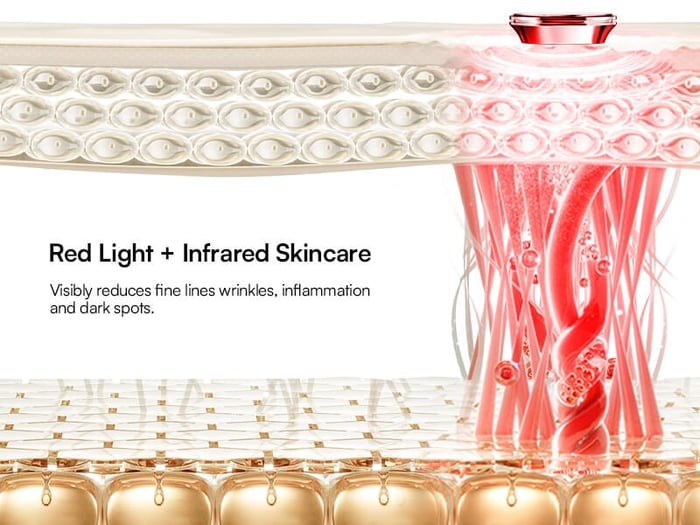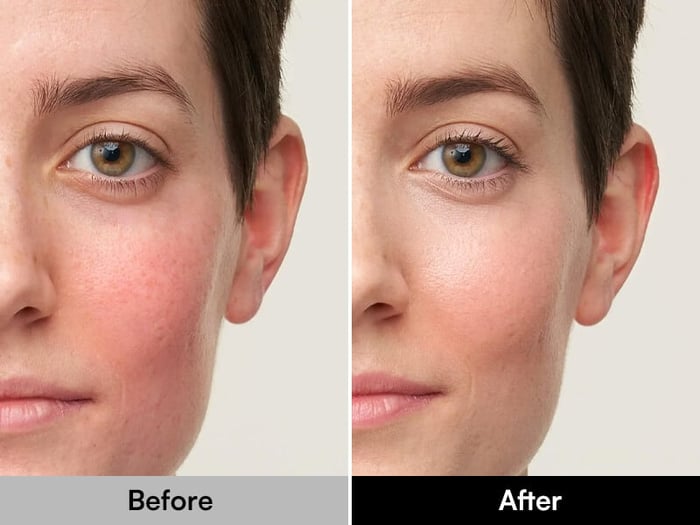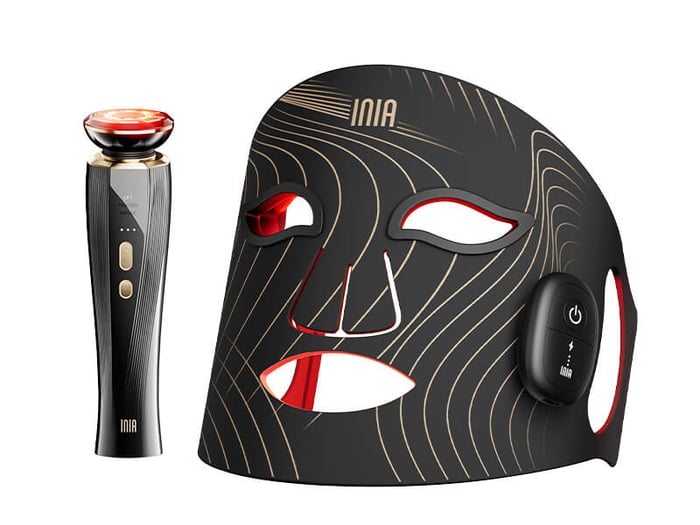Light has an incredible impact on our bodies, influencing everything from sleep patterns to mood and even the intricate workings of our hormones. In recent years, red light therapy has emerged as a promising tool to support hormonal balance and overall wellness. This article delves into how this gentle yet powerful treatment can help regulate hormone production, align circadian rhythms, and foster a sense of well-being.
The Connection Between Light and Hormones
When it comes to our health, light does much more than just help us see. It actually guides our body's internal rhythm, called the circadian rhythm, which is crucial for releasing hormones that control how sleepy or alert we feel.
Here's how it works:
- The morning sunlight sends a signal to the brain to delay the sleep hormone melatonin.
- As the afternoon darkens, the body begins to increase the amount of melatonin to cause sleep.
Light regulates these hormones, like cortisol, responsible for keeping us sharp and put up with stress, and serotonin, which lifts our mood. But messing with the natural cycle—like staying up late with bright lights—can throw off our melatonin levels, messing up our sleep and causing other health problems.
This circadian rhythm is strongly associated with overall health and suppresses everything, from the time we feel alert to body temperature and metabolism.
Here are some of the rhythm's roles:
- Aligning our sleep-wake cycle
- Regulating hormones for appetite and energy use
The artificial glow from screens and indoor lighting nudges our natural rhythms and hormone levels in all the wrong ways-and that's a big problem for our health. There is a bright spot, however: red light therapy has started to show promise as one way to help keep our hormonal cycles on track.
So, maintaining a balance of light and dark isn't just about feeling rested. It's a crucial part of our health that helps keep our hormones—and by extension, us—in harmony. Red light therapy could be a helpful addition to this balancing act, especially in today's illuminated world.

Red Light Therapy and Hormonal Balance
Red light therapy (RLT), also known as low-level laser therapy (LLLT) or photobiomodulation, has been gaining attention for its potential benefits in hormonal health. The wavelengths of red and near-infrared light used in RLT are proposed to penetrate the skin and tissues, where they may exert their effects at a cellular level.
Testosterone Production
Testosterone is one of the most vital hormones in both men and women; it is generally responsible for everything from maintaining muscle mass and bone density to regulating mood and libido. There's growing interest in the possibility that red light therapy could naturally boost testosterone levels. Some studies show that RLT applied to the testicular region could stimulate Leydig cells responsible for testosterone production, thus increasing the production of the hormone. While this is still a very new area of research, such findings give hope for at least some non-invasive ways of maintaining hormonal balance.
Thyroid Function
The thyroid is an important endocrine gland involved in metabolizing energy and regulating body temperature. Hypothyroidism, like other endocrine dysfunctions, leads to many complaints, such as weight gain, fatigue, and cold intolerance. The improvement in thyroid function using red light therapy may reduce the need for medication for hypothyroidism. This, in turn, may help restore normal thyroid hormone levels by improving mitochondrial activity and reducing oxidative stress, but more research is needed to establish the full extent of these effects.
Cortisol Regulation
Cortisol is often called the stress hormone. Normally, it follows a natural circadian rhythm, peaking every morning and then gradually coming down at night. In conditions of chronic stress, cortisol stays continuously high. High levels of cortisol interfere with sleep, metabolism, and immune responses. Red light therapy has been explored as a tool for modulating cortisol production by possibly improving the overall stress response and promoting a more balanced circadian rhythm. Initial studies have shown that RLT can be effective in reducing cortisol levels in certain contexts, suggesting a role for this therapy in stress management and hormonal balance.
While the field is still burgeoning, red light therapy shows promise in complementing a holistic approach to maintaining hormonal balance. As with any new treatment, it's always best discussed with a healthcare provider to make sure safety and efficacy are met for an individual's health needs.
Benefits of Red Light Therapy Masks for Hormonal Wellness
Red light therapy mask is an emerging supportive treatment for health adversities one experiences in life, also from hormonal imbalances that take a toll on both body and mind. In this therapy, there are a number of benefits of harnessing specific wavelengths of red to near-infrared light.
Improved Sleep Quality
One of the most significant benefits reported by users of red light therapy mask is improved sleep quality. Therefore, the role of RLT in modulating the production of melatonin can't go unnoticed. As melatonin is a key determinant of our sleep-wake cycle, exposure to red light during the evening would trigger signals in the body about falling asleep, thus allowing normal sleep patterns. This has ever-increasing beneficial impacts on our modern lifestyle since we always disrupt such rhythms using blue light from various screen displays.
Enhanced Mood and Mental Health
Mood disorders, including depression and anxiety, have been associated with hormonal imbalance, and red light masks may help improve mood. The therapy has been reported to stimulate the secretion of serotonin, commonly known as the 'feel-good' hormone, which combats depression and generally promotes good mental health. The treatment can enhance neurotransmitter activity and, in turn, lower stress hormones such as cortisol, hence serving as an alternative to conventional methods of treatment for mental illness.
Increased Energy Levels
Energy levels are intricately tied to thyroid function and cellular health. Red light therapy mask has been shown to improve mitochondrial efficiency, which can translate into higher energy levels. Mitochondria are known as the powerhouses of the cell, and by enhancing their performance, RLT may help increase your overall vitality and reduce feelings of fatigue.
Better Skin Health
There's little doubt that hormones can affect the skin, and their imbalance may cause conditions such as acne or eczema. The anti-inflammatory action of the red light therapy mask soothes flare-ups and promotes healing through the stimulation of collagen production and circulation. Improved skin health is not just all about the body; it also encompasses a psychological factor whereby clear, healthy skin has self-confidence attached to it.

It is crucial to underline that, while promising, the benefits of the red light mask should be considered part of a general wellness strategy. This will help in making sure the therapy of the red light mask is effective and also used in addition to other treatments that may be recommended by healthcare professionals.
Turn to Red Light for Hormonal Harmony and Health
Red light therapy is shaping up to be a helpful way to look after your hormones and feel better overall. It seems to help people sleep better, lift their mood, give them more energy, and even clear up skin problems. This simple and safe treatment adds to the other things you can do for your health, like eating right and seeing your doctor. As we learn more about it, red light therapy might just be an easy boost for your body's balance and well-being.






